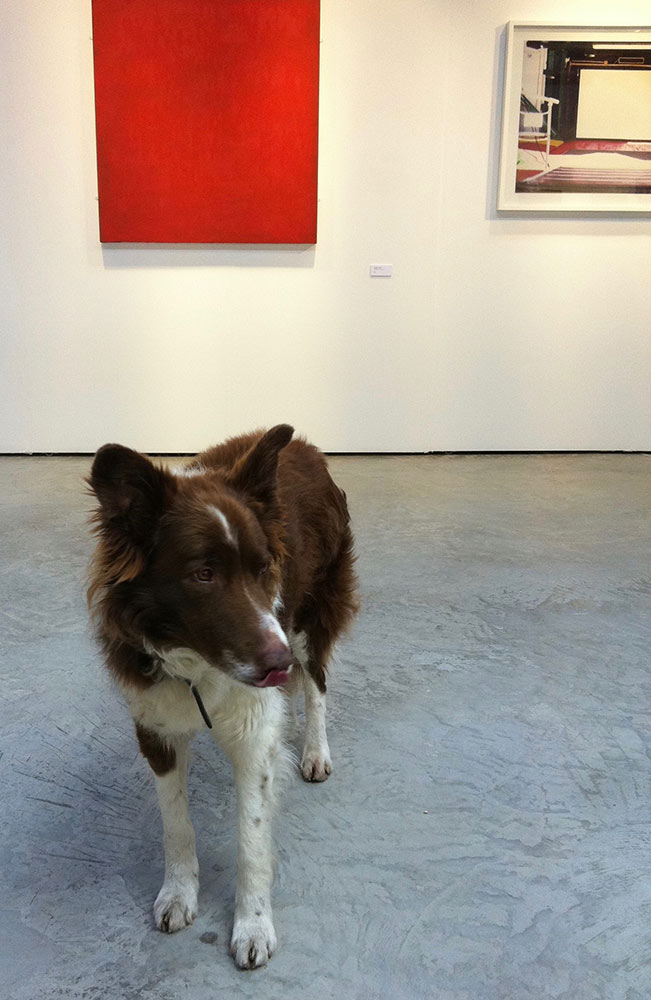About
Heather Boxall

HEATHER BOXALL
About
Heather is a British artist. She was born in Gravesend, Kent in 1960 and grew up along the southeast Kent coast. She now lives and works in West Yorkshire. She gained a degree in Fine Art from Winchester School of Art in 1981 and later completed an MA in Printmaking at Bradford School of Art.
About Colour
Colour determines almost everything we do. It operates on many different levels: visually, emotionally, cognitively. The sky, be it blue, white or grey, helps us decide what to wear. If a banana is green, yellow or brown it informs us if it can be eaten. According to neuroscientist, Anya Hurlbert, colours are linked to our ability to conceptualise, categorise and label. But we don’t all see colour the same way. Colour is slippery, mutable. It is our own personal possession, made in our own individual minds.[1]
